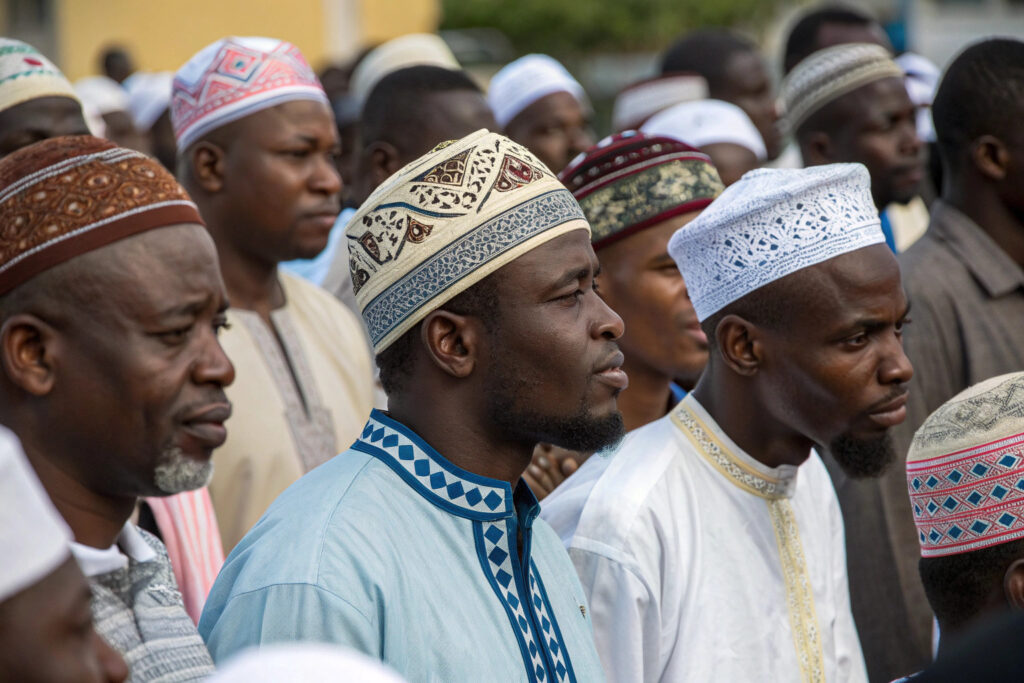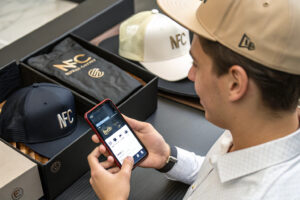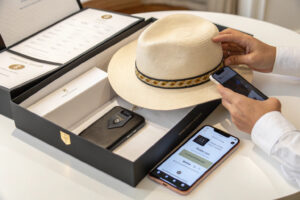The growing global interest in African fashion has created significant demand for authentic Kufi caps, but many retailers struggle to source quality products that respect cultural traditions while meeting commercial requirements. Finding manufacturers who understand both the cultural significance and market dynamics is challenging but essential for success.
Sourcing custom Kufi caps for African markets requires partnering with manufacturers who understand traditional designs, appropriate materials, cultural significance, and regional style variations while offering customization capabilities for specific community preferences and modern fashion interpretations. Successful sourcing balances cultural authenticity with commercial viability across diverse African markets and diaspora communities.
This comprehensive guide covers traditional design elements, material selection, manufacturing specifications, and cultural considerations to help you source Kufi caps that resonate with African markets while building sustainable supplier relationships.
What are the essential design elements of traditional Kufi caps?
Understanding traditional Kufi design is fundamental to sourcing appropriate products. The Kufi cap holds cultural and religious significance across many African and Muslim communities, making design accuracy crucial for market acceptance.
Traditional Kufi caps feature specific construction elements including rounded crown shapes, precise sizing, minimalistic design, and cultural pattern variations that differ across regions and communities. Understanding these nuances ensures your sourced products respect cultural traditions while meeting market expectations.

What are the standard sizing and shape specifications?
Traditional Kufi caps typically feature a rounded, seamless crown with heights ranging from 3-5 inches and circumferences between 20-24 inches to accommodate various head sizes while maintaining the distinctive dome shape. The seamless construction is achieved through specialized knitting or stitching techniques that create smooth, uninterrupted surfaces. Unlike Western caps, Kufi designs prioritize close-fitting comfort without pressure points, making precise sizing crucial. Manufacturers should offer graduated sizing options rather than one-size-fits-all approaches, as proper fit is both a comfort and cultural consideration in many African communities.
How do regional design variations affect sourcing?
Regional variations significantly impact Kufi cap designs across African markets. West African styles often feature elaborate embroidery with geometric patterns and brighter colors, while East African designs tend toward more subdued colors with intricate stitching. North African Kufi caps frequently incorporate traditional Islamic patterns and may include tassels or other decorative elements. Understanding these regional preferences is essential for targeting specific markets. When sourcing, work with manufacturers who can adapt designs for particular regional tastes or diaspora communities seeking connections to specific cultural traditions.
Which materials are culturally appropriate and commercially viable?
Material selection impacts both cultural authenticity and product success. The right materials honor tradition while ensuring durability, comfort, and market appeal across different price points and usage scenarios.
Appropriate materials range from traditional natural fibers like cotton and wool to premium options like silk and brocade, with consideration for climate appropriateness, comfort during extended wear, and maintenance requirements in different market conditions.
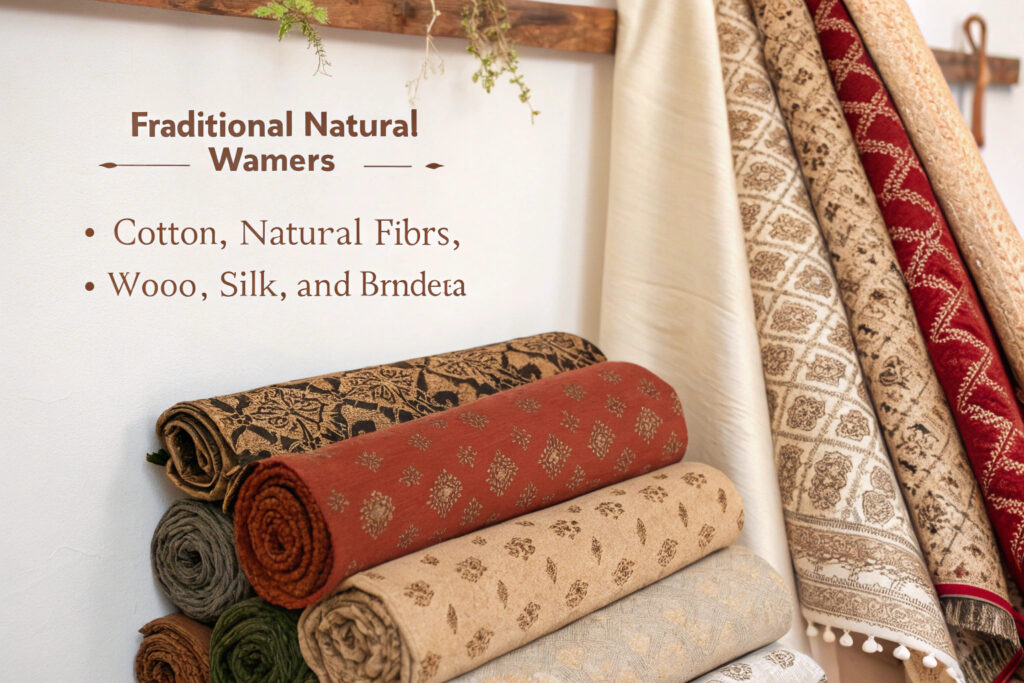
What traditional fabrics are essential for authentic Kufi caps?
Traditional Kufi caps utilize natural fabrics that provide breathability, comfort, and cultural significance. Premium options include African wax print cotton, known for its vibrant patterns and cultural resonance across West Africa. Sudanese cotton offers exceptional softness and durability, while Kenyan wool provides warmth for cooler regions. Silk and brocade fabrics are preferred for ceremonial occasions, offering luxury and cultural prestige. Understanding which fabrics carry cultural significance in target markets prevents missteps and demonstrates respect for tradition. Manufacturers should source these materials from reputable suppliers who understand their cultural importance and quality requirements.
How do climate considerations influence material selection?
Climate significantly influences material choices for different African markets. For hot, humid West African climates, lightweight breathable cotton and linen blends provide essential comfort during extended wear. In cooler East African highlands, wool and crocheted designs offer appropriate warmth. Desert regions require materials that provide protection from sun while allowing air circulation. Manufacturers must understand these climate considerations and recommend appropriate fabrics for specific markets. Our production includes climate-appropriate material recommendations based on decades of experience supplying African markets, ensuring comfort and suitability for local conditions.
How to identify manufacturers with cultural competency?
Finding manufacturers who respect and understand Kufi cap cultural significance is as important as their technical capabilities. Cultural competency ensures appropriate design execution and avoids offensive missteps.
Qualified manufacturers demonstrate understanding of Kufi cap cultural significance, experience working with African markets, appropriate design sensitivity, and relationships with suppliers of culturally appropriate materials and embellishments.
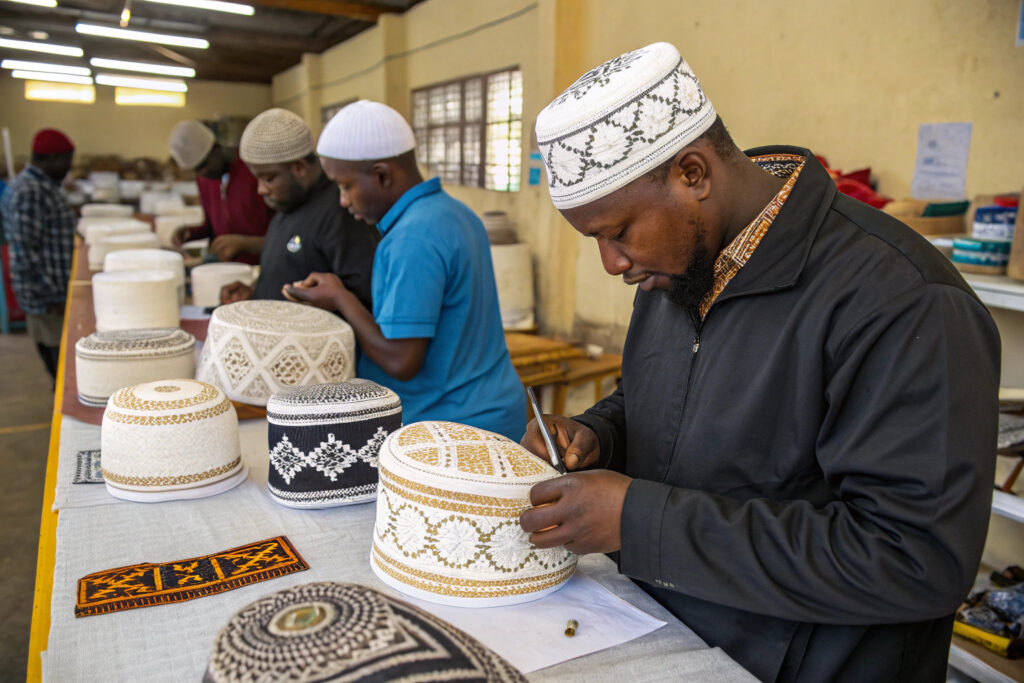
What questions reveal a manufacturer's cultural understanding?
Key questions that reveal cultural competency include inquiries about their experience with specific African markets, understanding of regional design variations, knowledge of appropriate colors and patterns for different occasions, and awareness of religious considerations in production. Manufacturers should understand that Kufi caps are not merely fashion accessories but hold cultural and religious significance for many wearers. Ask about their previous work with African clients, request references from culturally specific projects, and evaluate their design team's understanding of symbolic patterns and colors to assess genuine cultural competency versus superficial market targeting.
What production capabilities indicate Kufi specialization?
Specialized Kufi manufacturers possess specific capabilities including seamless knitting technology for traditional designs, embroidery equipment capable of handling intricate cultural patterns, expertise working with traditional African fabrics, and quality control processes that respect cultural details. Look for manufacturers with dedicated sampling capabilities for Kufi designs, relationships with African textile suppliers, and modification flexibility for different community requirements. These specialized capabilities distinguish manufacturers who truly understand Kufi production from those simply adding another product to their catalog without cultural understanding.
What customization options are most important for African markets?
Customization allows retailers to differentiate their offerings while respecting cultural traditions. Understanding which customization elements drive market success ensures development of products that resonate with target consumers.
Key customization options include embroidery patterns specific to regions or communities, color combinations with cultural significance, fabric choices appropriate for different occasions, and sizing variations that accommodate diverse head shapes and personal preferences.
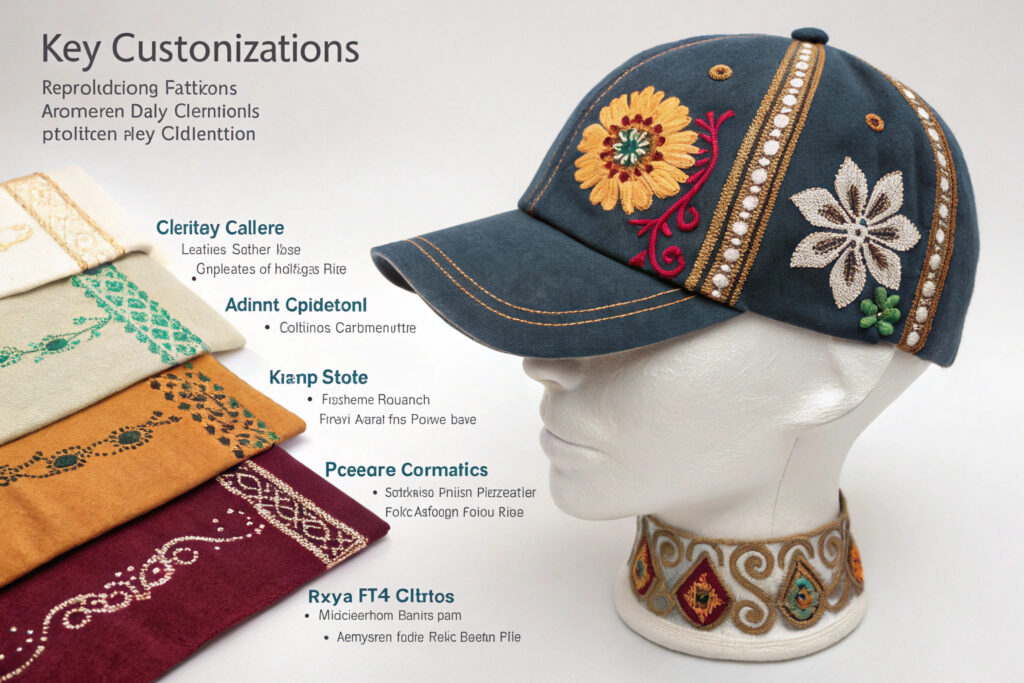
Which embroidery patterns have cultural significance?
Culturally significant embroidery patterns vary across African regions but often include geometric designs, Islamic calligraphy, and symbolic motifs representing protection, prosperity, or spiritual concepts. West African designs frequently incorporate Adinkra symbols from Ghana with specific meanings, while East African patterns may feature Swahili proverbs or geometric arrangements. North African designs often include intricate arabesque patterns. Work with manufacturers who either have in-house cultural experts or partner with designers from relevant communities to ensure pattern authenticity and appropriate usage. This attention to detail demonstrates respect and builds trust with knowledgeable consumers.
How can modern adaptations maintain cultural integrity?
Modern Kufi adaptations can successfully maintain cultural integrity while appealing to contemporary tastes through subtle design evolution rather than radical changes. Appropriate modernizations include using traditional patterns in new color combinations, incorporating performance fabrics for enhanced comfort, creating sport-inspired designs for younger consumers, and developing foldable travel versions for practicality. The key is maintaining the essential Kufi shape and cultural resonance while updating secondary elements. Manufacturers should understand where adaptation is acceptable versus which traditional elements must remain unchanged to preserve cultural authenticity and market acceptance.
Conclusion
Sourcing custom Kufi caps for African markets requires balancing cultural respect with commercial practicality. Success comes from partnering with manufacturers who understand both the technical production requirements and the cultural significance of these traditional headpieces. The most successful sourcing relationships honor tradition while allowing for appropriate modern interpretations that meet evolving market needs.
At Global-Caps, we've developed specialized expertise in Kufi cap production through years of collaboration with African partners and diaspora communities. Our manufacturing process respects traditional techniques while incorporating modern quality standards and customization capabilities. If you're looking for a manufacturing partner who understands both the cultural and commercial aspects of Kufi cap production, contact our Business Director Elaine at elaine@fumaoclothing.com. Let us help you build a Kufi collection that honors tradition while meeting your market needs.
